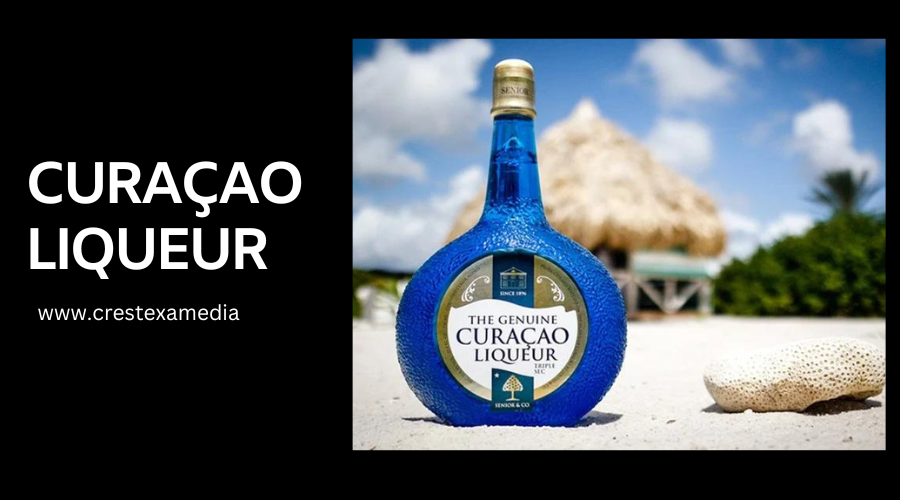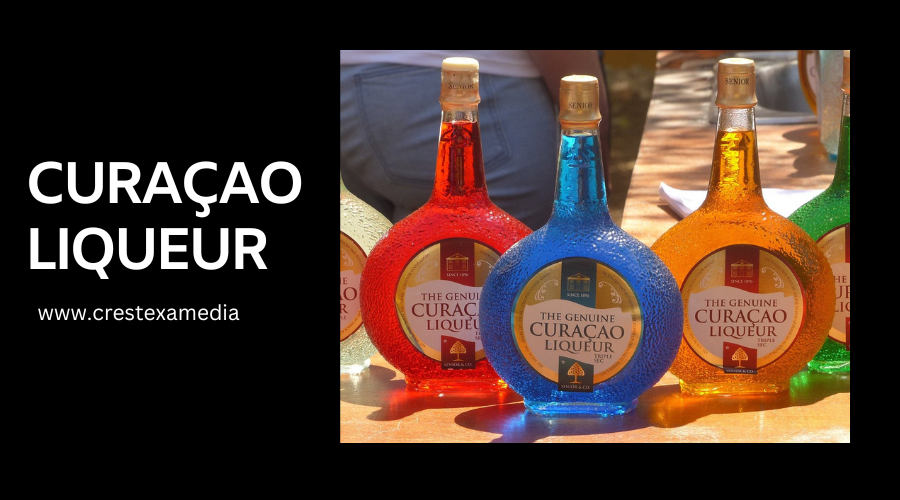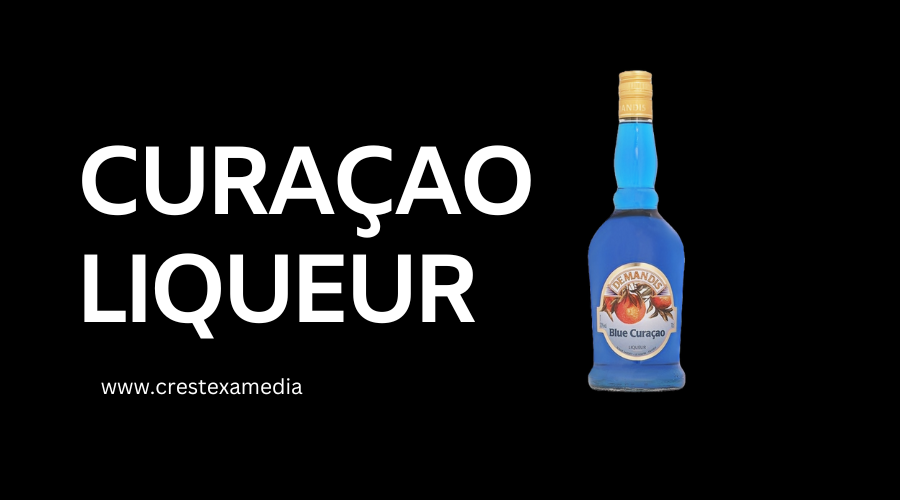Curaçao is a liqueur made from the dried peel of the bitter orange variety laraha, a citrus fruit cultivated on the Caribbean island of Curaçao. The most prevalent types of Curaçao are the orange-colored dry Curaçao and the blue Curaçao Liqueur, which is painted vivid blue.

Curaçao is available in a variety of forms, the most prevalent being orange-hued dry curaçao and blue curaçao, which is tinted vivid blue.
- Alcohol by volume: 15–40%
- Color: Colorless, but often artificially colored with the most popular being blue & orange
- Flavor: Bitter and sweet orange
- Introduced: c. 18th century
Also Read: How is Audioalter Transforming Podcast Production?
History of Curaçao Liqueur
It is unclear who created the first curaçao liqueur and when. In 1634, the Dutch West Indies Company took over Curaçao.
The Bols distillery, founded in 1575 in Amsterdam, owned stakes in both the West and East India Companies to ensure access to the spices needed for its distilled beverages.

According to the early nineteenth-century French culinary chronicler Alexandre Grimod de la Reynière, curaçao began in Flanders, and its closeness to the province of Holland afforded distillers convenient access to the requisite peels.
Curaçao liqueur is typically produced with the dried peels of the laraha (Citrus × aurantium subsp. currassuviencis), a bitter orange that originated on Curaçao.
In 1527, Spanish explorers brought the bitter Seville orange to the island, which is the ancestor of the laraha.
The bitter meat of the laraha is unappealing, but the peels are deliciously scented.
According to the Bols firm, Lucas Bols (1652-1719) created a laraha-based liqueur after discovering that aromatic oil could be produced from the immature peel of bitter oranges that would otherwise be unusable.

Bols then had this oil exported back to Amsterdam to make a liqueur akin to today’s Curaçao. Lucas Bols tended to add a “element of alchemical mystery” to his creations, which explains the unusual use of blue coloring. Bols marketed blue curaçao as Crème de Ciel (“cream of the sky”) in 1912, most likely in homage to the musical Miss Hook of Holland, which opened in 1907.
Senior & Co, a Curaçao-based company, is the only one that has always created liqueur from Curaçao’s laraha peels.
In 1896, the family, Senior and Chumaceiro, began selling their liquor in tiny quantities from their drugstore. In 1947, they purchased the landhuis (“country manor”) Chobolobo in Willemstad, which has since housed the distillery.
The manufacturer claims that it is the only one that employs local laraha fruit and calls it Genuine Curaçao Liqueur.
William Thackeray’s Vanity Fair of 1847-1848 mentions the liqueur multiple times under the spelling “curaçoa” as a drink consumed by dissolute young men.
For example, Lady Jane Southdown pays her brother “a furtive visit in his quarters in the Albany and discovered him— O the nasty, abandoned wretch! – smoking a cigar with a bottle of curaçoa in front of him.
Preparation of Curaçao Liqueur
To produce the liquor, Senior and Co soak the laraha in alcohol and water for several days before removing the peel and placing it in a gunny bag.
Spices are added, and the bag is cooked in a 120-year-old copper still filled with 96% pure and kosher alcohol (produced from sugar cane) for three days.

After one day of chilling, water is added to the mixture, which is distilled for three days.
The liqueur has an orange-like flavor with variable levels of bitterness. It is inherently colorless, but colorants, most often blue (typically E133 bright blue) or orange, are frequently added to lend an exotic appearance to cocktails and other mixed drinks.
Curaçaos are also marketed in a variety of flavors, including coffee, chocolate, rum, and raisin.
Pierre Ferrand, a cognac and dry Curaçao Liqueur, created a less sweet “Ancienne Méthod” Curaçao with 1800s processes.
What are the main differences between blue and orange curaçao
- Curaçao is artificially dyed vivid blue, whilst orange curaçao is orange-hued.
- Blue curaçao is slightly sweeter than orange curaçao due to its lower alcohol concentration, which is often between 20-25% ABV, as opposed to the 40% ABV of many orange curaçaos.
- Flavor: Both have a similar bitter and sweet orange flavor obtained from the dried peels of the laraha orange, but the addition of brandy to orange curaçao gives it a more complex, somewhat bitter taste than the simpler sweetness of blue curaçao.
- Orange curaçao is more typically employed in cocktails that call for a stronger, more nuanced orange flavor, whilst blue curaçao is utilized for its bright color in tropical and tiki beverages.
- There are fewer high-quality blue curaçaos available than orange curaçaos. Giffard, Senior, Drillaud, and DeKuype are some of the recommended blue curaçaos.







